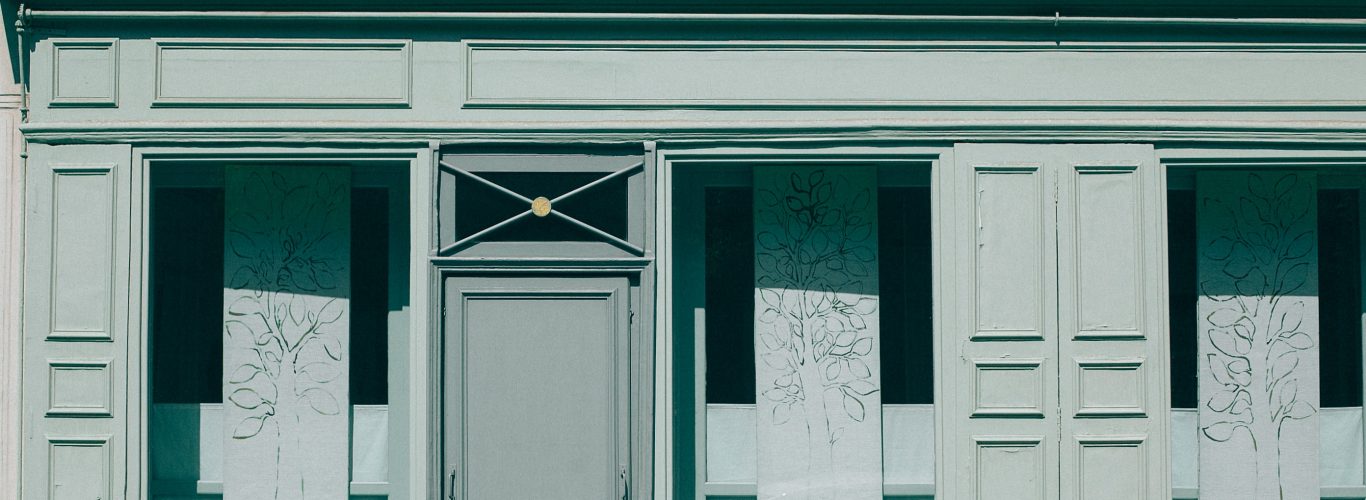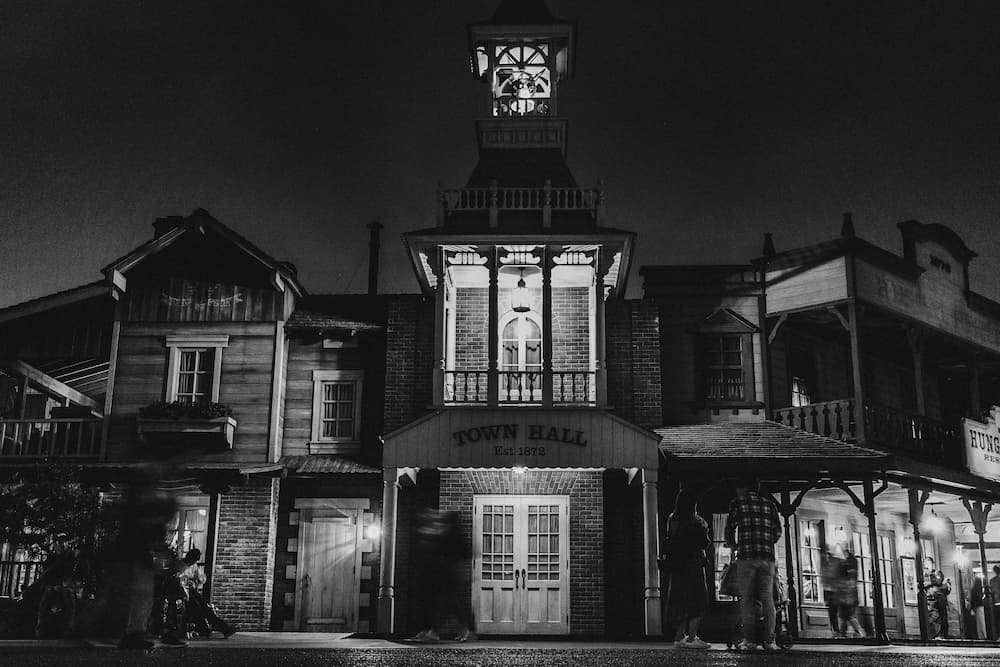Wooden Shutters Vs MDF Shutters: Which Is Best?

There is a considerable appeal in solid wood shutters, not merely for their aesthetic qualities but also their practicality.
Compared to Venetian blinds, solid shutters last longer, require much less maintenance and provide more effective light control. They also have a tendency to stay in style, unlike many blind styles.
However, a debate has emerged about the best material to make solid shutters between solid wood and medium-density fibreboard (MDF), an engineered wood that has a precise, smooth finish compared to hardwood, where the finish largely depends on the particular cut of wood.
In terms of aesthetics, MDF and wooden shutters look similar, especially once they are painted and sealed, although with the popularity of natural textures and materials, that can be a minor negative if you do not plan on painting the shutters white or a solid colour.
Both have their own strengths in terms of functionality as well. MDF is more durable, and the protective coatings regularly used with the material can make them easier to clean, whilst solid wood is stronger and lighter, due to the flexibility of the material.
This flexibility means that if you want oddly shaped shutters to fit unique windows, MDF is less suitable, and the weight means that they cannot be used for especially large openings such as doors and wide windows.
In rooms where humidity can become a factor, such as bathrooms and kitchen windows, wood can sometimes pose a problem as it changes shape and size in these hot, damp conditions, whilst MDF remains static.
The final consideration is cost, with MDF typically having a lower cost depending on what type of shutters you need.
Ultimately, whilst MDF shutters are a functional option in certain cases, solid, natural wooden shutters are the optimal choice for the vast majority of rooms, design schemes and use cases.
Related articles

Why Were Shutters So Popular In The Wild West?
By the 18th and 19th centuries, glassmaking and window pane installation had evolved to the point that most buildings could afford to have any glass fitted in their windowpanes, at least if they could afford to pay the window tax. However, even with this in mind, shutters were still widely used in the 19th century, […]

The Origin Of The Wood Window Shutter
Whilst solid wood shutters are primarily known as a window accessory, they actually pre-date the use of glass in windows, making them a trusted, effective choice for providing privacy and blocking sunlight for thousands of years.